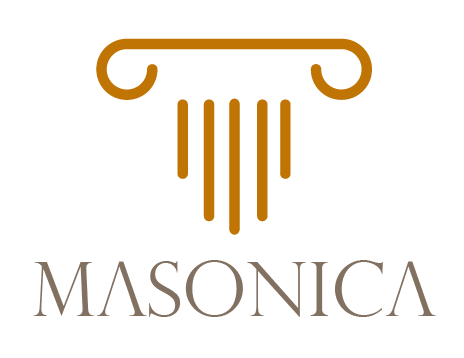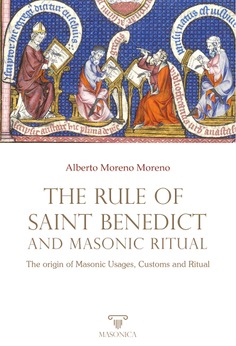
The Rule of Saint Benedict and Masonic Ritual
The origin of Masonic Usages, Customs and Ritual
Alberto Moreno Moreno
During the 12th century, the Cistercian Order, which followed the Benedictine Rule, founded numerous abbeys in England, and many masons joined the order as lay brothers or converts. Because of their participation in monastic life, masons incorporated elements from both the Benedictine Rule and the Cistercian Ritual into their own usages and ceremonies. Among the elements coming from the monastic customs and rituals we find expressions such as free and of good report and just and perfect, as well as the Sign of Grief and Distress, the prayers, the examination of the candidates, the posture during the Obligation, the need to render the masonic oath into a Solemn Obligation by kissing the Volume of the Sacred Law, the participation of the Brethren in the reception of the neophyte, the Charity Test or the custom of taking the new brother to a seat near the Senior Deacon. The Festive Board also follows accurately the monastic customs, as it borrows from monastic usages the arrangement of the table, the blessings, the location of the Master and the Wardens, and the Toast List, particularly the Toast to Absent Brethren and the Tylers Toast. Rather than speaking of influence, the reality is that the Benedictine Rule and the Cistercian Ritual formed the crucible where the Masonic ritual was forged.
- Autores contemporáneos
- Alberto Moreno Moreno
- Colección
- AUTORES CONTEMPORÁNEOS
- Materia
- Ensayos históricos
- Idioma
- English
- EAN
- 9788418379727
- ISBN
- 978-84-18379-72-7
- Depósito legal
- AS 00260-2021
- Ancho
- 16 cm
- Alto
- 23,5 cm
- Edición
- 1
- Fecha publicación
- 06-03-2021
- Contacto de seguridad
- EDITORIAL MASONICA.ES
147,01 R$505,97 MX$27,14 US$24.532,88 AR$23.655,19 CLP106.235,56 COP94,20 PEN1.047,31 UYU
Sobre Alberto Moreno Moreno (Autores contemporáneos)
Contenidos
Prologue 13 The Rule of Saint Benedict 21 The character of the Rule of Saint Benedict 23 Saint Benedict of Nursia 26 Saint Benedict of Aniane 34 Cluny 37 The Cistercians 44 The birth of the Cistercian Order 44 The converses 49 Medieval masons and monastic orders 52 The Cistercian Ritual 58 The Old Charges and the Mason Word 63 The ceremony of Initiation 75 Introduction 77 Free and of good report 79 Neither naked nor clothed, barefoot nor shod 81 The entry of the candidate into the lodge 82 Jacobs Ladder 84 The examination of the candidate and the term «persevere» 89 The prayers 92 In whom do you put your trust? 95 The posture during the Obligation 97 The Obligation 109 A just and perfect Lodge 112 The Brother treatment 118 The sequence after the Obligation 122 To render it a Solemn Obligation (promissio and petitio) 122 What is the predominant wish of your heart? Light 127 The participation by the Brethren 128 The investiture with the Apron 130 The Charity Test 131 The new Brother is taken to his seat 133 The reading of the Lodge By-Laws 135 The Working Tools 137 All stand up 140 The Festive Board 145 The Festive Board table 147 The blessing of the table 151 The toast list 153 The toast to Absent Brethren 156 The Tylers Toast 158 The Signs 183 The Cistercian signs 185 The Sign of Grief and Distress 192 The Grand Mystery of Freemasons Discoverd (1724) 195 The Grand Mystery of Freemasons Discoverd (1724) 198 Stability 200 The tongue and the key 205 The Regius manuscript 213 The protocol of the Grand Master 223 The Kiss of Peace 231 The 24-inch Gauge 239
Mercado
Artículos relacionados
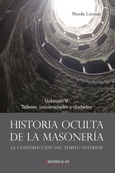
Historia oculta de la masoneria V
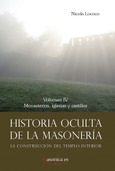
Historia oculta de la masoneria IV
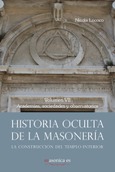
Historia oculta de la masonería VII
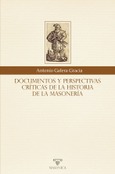
Documentos y perspectivas críticas de la historia de la masonería
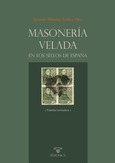
Masonería velada en los sellos de España
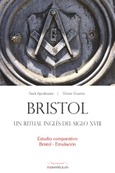
Bristol, un ritual inglés del siglo XVIII
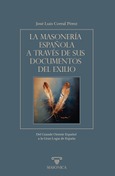
La masonería española a través de sus documentos del exilio
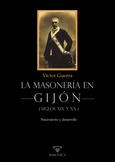
La masonería en Gijón - Siglos XIX y XX
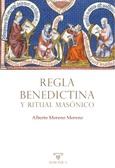
Regla Benedictina y ritual masónico
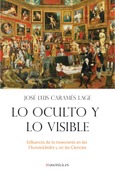
Lo oculto y lo visible
